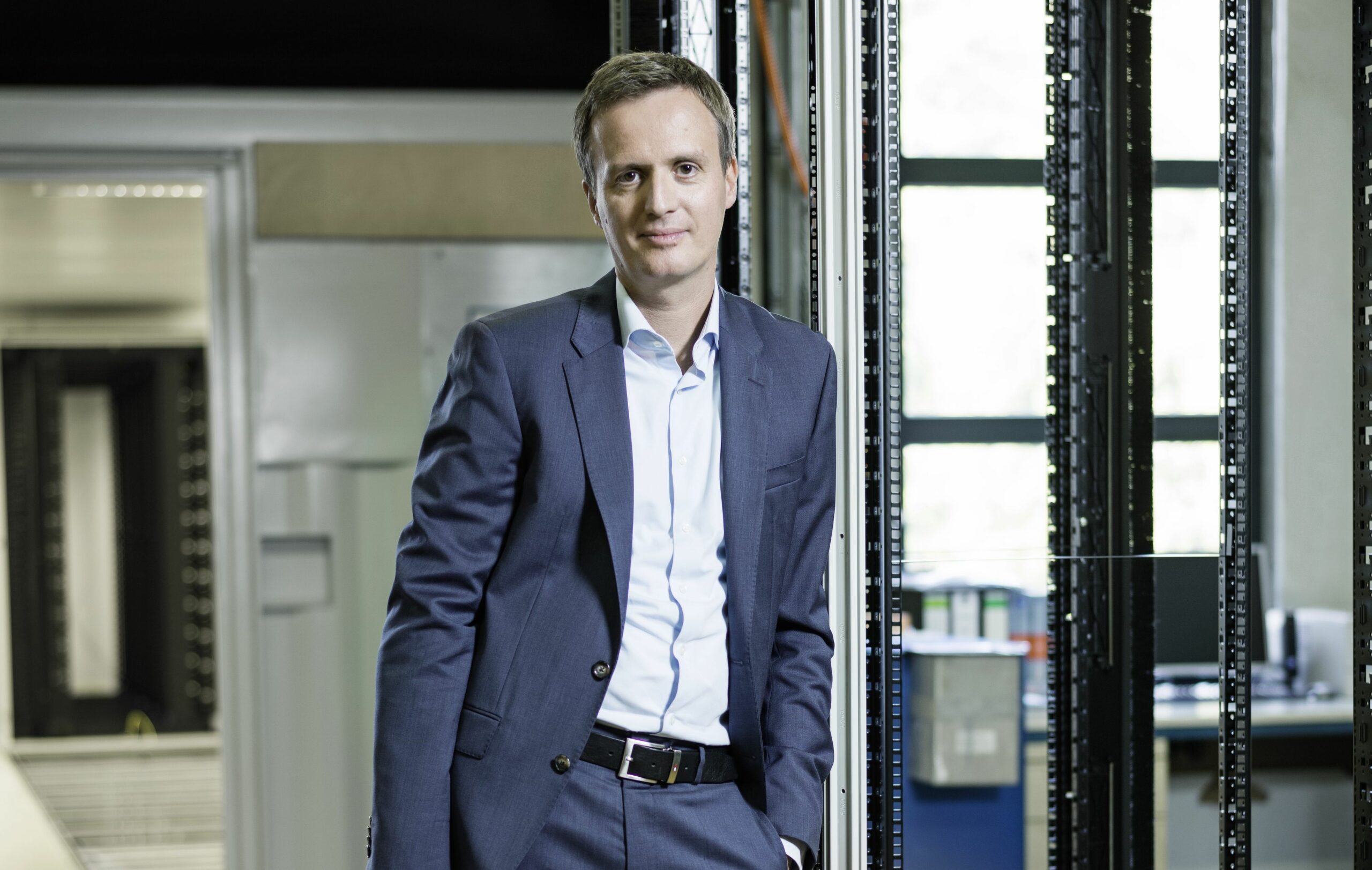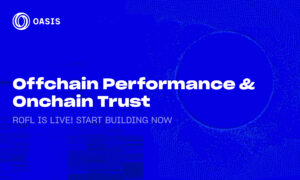A proper foundation is essential for a data center to remain standing the test of time. Factors like electricity, space, and thermal considerations can impact the reliability of data center infrastructure because installation must account for housing requirements for servers and other computing equipment. Martin Kipping, an industry leader, has over 24 years of experience delivering reliable physical infrastructure to global customers, focusing on profitable growth.
The Roadmap to Managership
Martin Kipping enrolled at two academies in Siegen, Germany, a secondary school for a university-entrance diploma and the University of Siegen. At this renowned institution, he is a member of its architectural association and graduated as a chartered engineer specializing in architecture.
His journey brought him to a German enterprise for nearly a decade, where he was a devoted project manager and an area sales manager. During his time, he installed IT security rooms up to 1,000 square meters in size, planning the time and cost and assessing his project budget. Martin directed his team to install all necessary room compartments, including power supplies, cooling infrastructure, and security systems.
His additional duties involved developing his company internationally and networking with partners throughout Europe, the Middle East and APAC, with which he directed several successful projects. He initiated data centers for a financial client based in Luxembourg and several airports and government customers in India and Brunei. Before this, he expertly coordinated the designs, presentations, and on-site surveys with his technical sales support expertise.
Data Center Solutions for International Partners
Kipping’s career soon transferred him to another German agency named Rittal in 2009, where he played three crucial and essential roles.
Head of International Sales Engineers
His key data center projects were in Poland, South Africa, and the UAE. His international system engineers fabricated the most prominent IT security room (1,200 square meters) for a global IT firm in Poland. South Africa perceived two complete data centers, one at the Johannesburg airport for a Football World Championship in 2010 and the other at the Cape Town Airport. Under his management, the engineers professionally built two data centers for a government agency in the UAE.
Vice President
Martin assumed responsibility for developing modular and scalable data center solutions for various tech companies. He orchestrated several facets of the IT world, including conferences, competence centers, and a training academy. His principal accomplishment was establishing a 45-server-room data centers for an Indian government customer.
Director
Martin Kipping directed Rittal’s team of engineers in Germany and the United States. He led international system engineers in both locations for crucial data center projects and developed training programs for the company’s personnel. In the US, he introduced a concept called containerized business, which combines the unique advantages of prefabrication and high-level standardization.
The Standardization of Containerized Data Centers
Businesses can use a prefabricated data center if they cannot build one in-house because of space restrictions and inflexibility.
Before reaching this milestone, Martin interviewed his customers, comprehending their requests, including rack count, cooling capacity, and level of redundancy. He then conveyed this information to his engineers to begin the design phase, during which they considered security systems. However, he knew this procedure could have been more efficient due to the time-consuming process and long delivery time.
Kipping carefully analyzed order behaviors for his clients, soon identifying patterns to pre-build modular containers with varying quantities of racks, redundancies, and cooling capacities. After experimenting with the designs, he successfully developed a portfolio with six solutions that met about 80% of his customers’ demands.
With the template, Martin could streamline the manufacturing process, readily delivering solutions. He could scale his standardized kits to fit customers’ demands and purchase more materials accordingly.
Complexity drives up production costs and, thus, delivery times, but normalization increases quality and reduces production costs. As his engineers constructed the data centers, they developed their proficiency as they familiarized themselves with the process, leading to high system resiliency.
Globally, prefab infrastructures are a technical solution because they are more available and of higher quality than customized ones. While the physical infrastructure must comply with regional standards, the process generally remains the same.
About the Author
Santeri Hanski is an enthusiastic facility engineer who understands the needs of his factory and diligently works on a budgetary constraint to maintain it with his team’s help.































